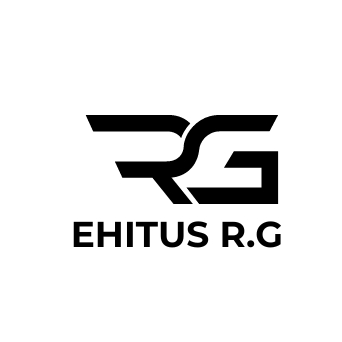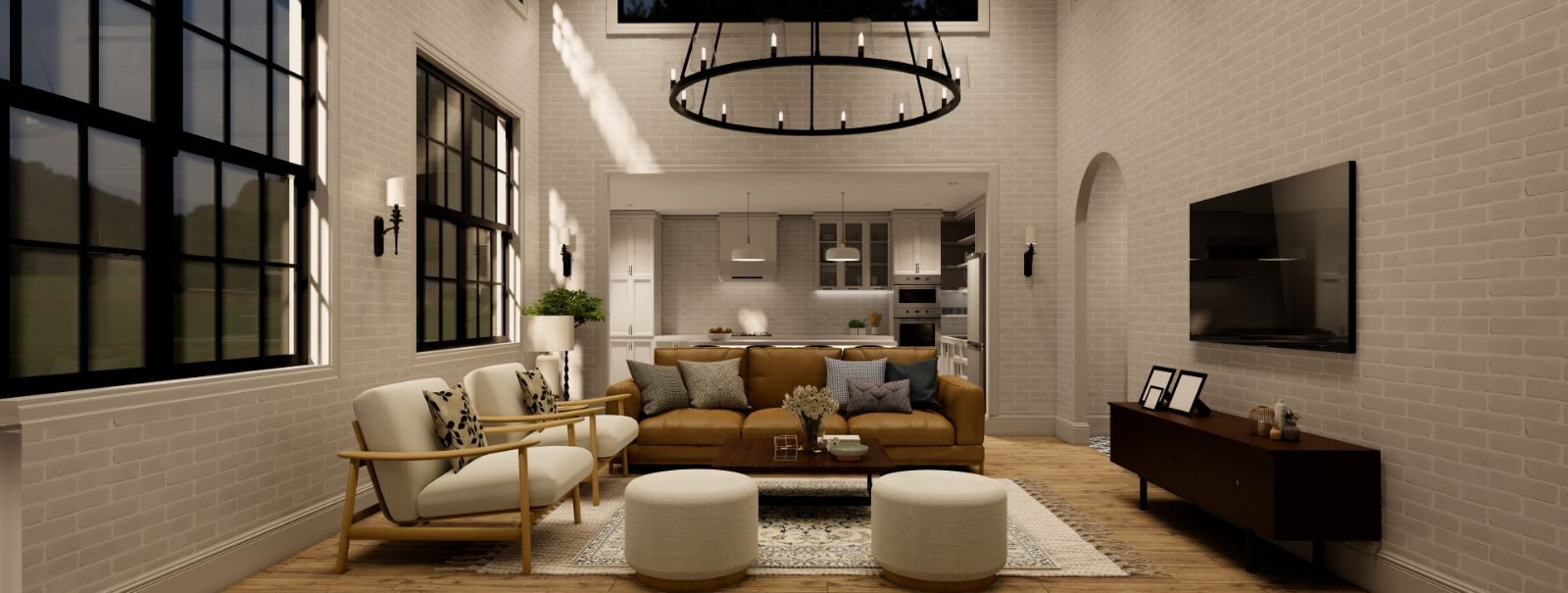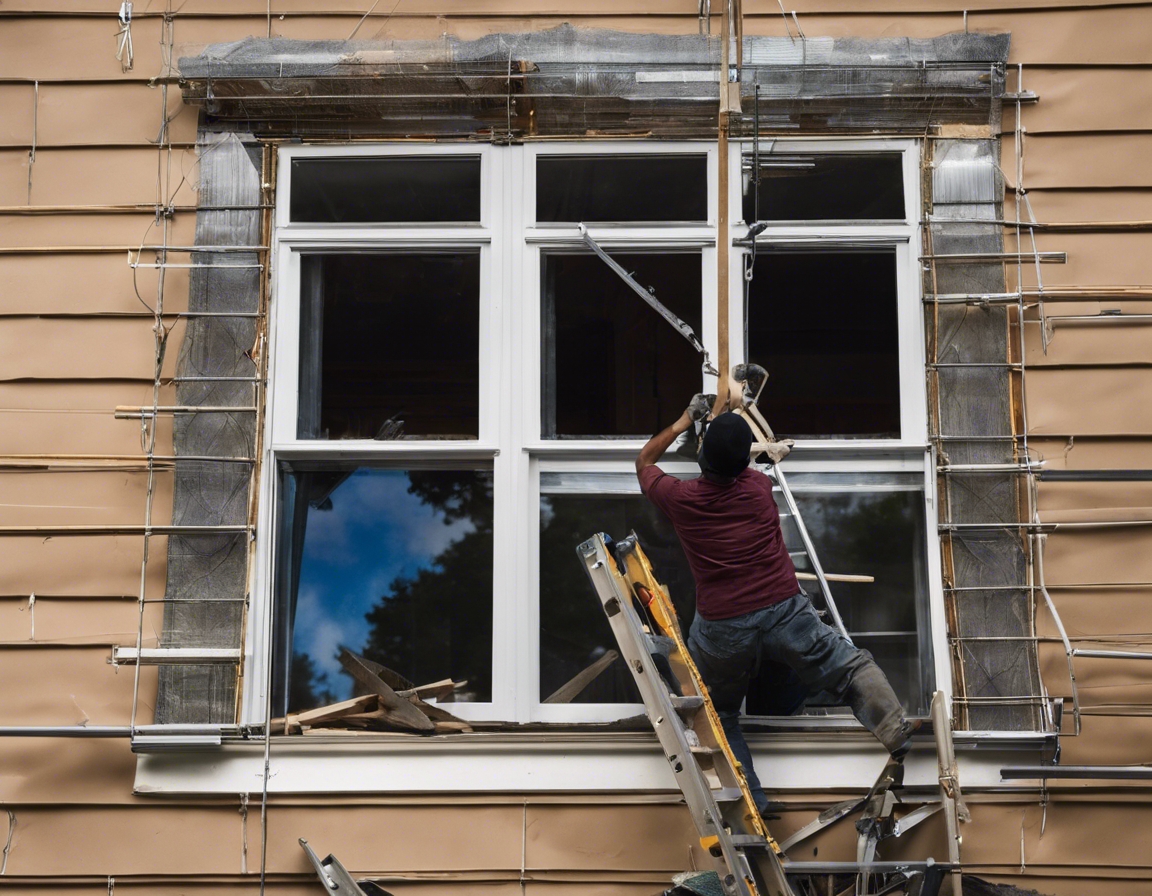5 trends shaping the future of interior finishing
The world of interior finishing is constantly evolving, with new trends emerging that redefine how we think about the spaces we live and work in. As a leading provider of high-quality finishing services, EHITUS R.G OÜ is at the forefront of these changes, ensuring our clients' properties reflect the latest in design innovation and functionality. Here, we explore five key trends that are shaping the future of interior finishing.
1. Sustainable and Eco-Friendly Materials
With a growing emphasis on sustainability, green building standards are becoming increasingly influential in the interior finishing industry. These standards encourage the use of materials and practices that have a reduced impact on the environment.
Homeowners and developers are turning to natural and recycled materials for their beauty and sustainability. Bamboo flooring, reclaimed wood, and recycled glass are just a few examples that combine eco-friendliness with aesthetic appeal.
Health-conscious consumers are demanding finishes that are low in volatile organic compounds (VOCs) and non-toxic. These products contribute to better indoor air quality and a healthier living environment.
2. Technological Integration
Technology is becoming seamlessly integrated into our homes, with smart home systems allowing for the control of lighting, heating, and security at the touch of a button.
New materials are being developed that not only look great but also provide enhanced functionality, such as self-healing surfaces and thermochromic finishes.
Digital tools are revolutionizing the way we design and visualize interior spaces, making it easier to experiment with different finishes and see the results in real-time.
3. Minimalist Aesthetics
The minimalist trend continues to influence interior finishing, with a focus on clean lines, simple forms, and an uncluttered look.
Neutral color palettes are favored for their timeless quality and ability to create a calm, serene environment.
Functionality is key in minimalist design, with every element serving a purpose and contributing to the overall aesthetic.
4. Textural Contrast and Richness
Interior finishes are not just about color; texture plays a significant role in creating visual interest and contrast within a space.
Tactile surfaces invite touch and add a sense of warmth and comfort to interiors.
Layering different textures can add depth and interest to a room, making it feel more dynamic and inviting.
5. Personalization and Customization
As individual expression becomes more important, homeowners and businesses are seeking ways to personalize their spaces to reflect their unique style and needs.
Customized finishing touches, such as bespoke joinery or handcrafted details, can make a space truly one-of-a-kind.
The demand for craftsmanship is on the rise, with clients valuing the skill and attention to detail that only experienced professionals can provide.






Comments (0)